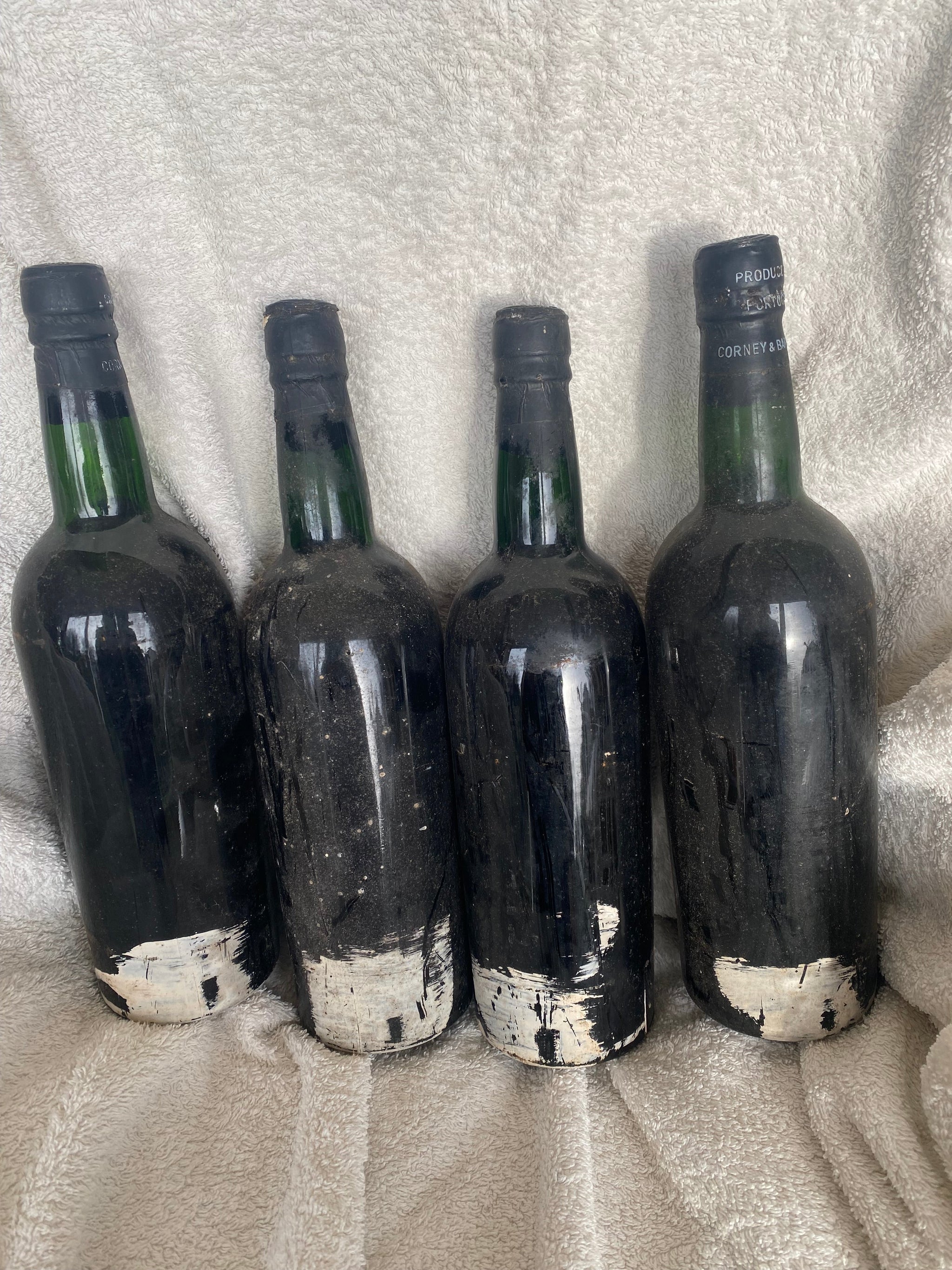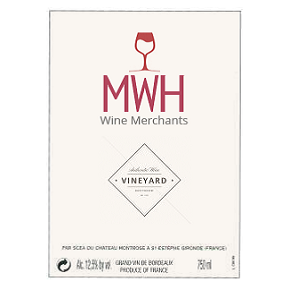When it comes to claret vintages, few have a higher reputation than 1961. Leading critics including Robert Parker, Jancis Robinson and the high priest of ancient wines, Michael Broadbent, have all heaped praise on this the great anniversary wine vintage. But what is it about 1961 Bordeaux that makes the wines - even at sixty years old - such superstars?
Well in this latest blog from MWH Wines, the home of affordable fine wine, we’ll look back at the vintage conditions, which wines in this stellar vintage shone the brightest and give you a few recommendations as to ones you may wish to consider as an anniversary wine gift.
We hope that you will find this blog of interest, if you’d like some more advice or some help sourcing a specific 1961 Red Bordeaux, then please get in touch. You can call us on (0118) 0118 984 or email MWH Wine and we’ll be only too happy to give you the benefit of our advice.
1961 Bordeaux: A Vintage Overview
The growing season in ’61 got off to a flying start. After the misery that was 1960, early spring was mild and clement and the vines responded well. Flowering was unusually early, beginning on 12th May and the omens were good with all seeming set fair for a vintage of quality and quantity, the latter being something of a necessity as the after effects of the great frost of 1956 were still being felt and production across the region was well down.
Then disaster struck. The weather turned cold in May which led to coulure (a failure of the berries to set properly) and on the 29th of May a severe frost descended on the region which destroyed many of the would-be grapes. At the time there was great lamentation and fears that they would end up with a tiny, virtually worthless crop should the region’s notoriously fickle summer and autumn turn out to be troublesome.
Perversely, this catastrophe turned out to be the making of the vintage. With a fine, warm early summer punctuated you by a much-needed cooling and rain in July, August saw drought and was baking hot which had the effect of concentrating the tiny crop still further. It was these conditions that leant this vintage its reputation for concentration, high tannin and alcohol levels (14%+ is not uncommon) and which imbued some with a burnt, charred character from the grapes’ roasted skins.
As so often is the case here, September was the key month. Had the autumn rains come early then dilution and rot may have dashed the vintage and left us with yet another 'what could have been' claret vintage. Happily, that wasn’t the case. The weather was fine and provided ideal conditions for harvesting. Indeed, the conditions were so favourable that harvesting continued throughout the month giving the grapes excellent hang time. At Chateau Latour, for example, all was done by the 28th September.
The early troubles slashed production by up to 75%. When they were all brought in the average yield was just 11 hectolitres per hectare, a small fraction of the typical harvest which in modern years, such as 2016, came in at 56.6. The size of the vintage is considered by many to be at the heart of its success and their rarity is undoubtedly one of the reasons why the wines command such high prices.
1961 Red Bordeaux: The Style Of The Wines
Making generalisations regarding any vintage in any region can be difficult. Bordeaux, owing to its size, array of grapes and terroirs, always presents a complex picture. What can be said with certainty is that the best wines, of which there were many, were extremely concentrated and tannic in youth. They possessed excellent fruit characters and despite the heat remained balanced and poised with a degree of elegance that led Broadbent to say they are ‘… supreme examples of the best reds in the world.’
It was also a universal vintage. From Graves in the south to Pomerol in the east, stars were produced in every commune. All the First Growths performed wonderfully well and wines like Latour, Lafite, Mouton and Petrus have all become legends of the sale room. Many years ago, I had the Cheval Blanc and Margaux side by side. The contrast was striking. The Cheval was luxurious, a Christmas cake and blueberry tinted wine with seemingly endless depth, huge weight and a finish that went on for over a minute. The Margaux, probably the greatest I have tasted surpassing even the stunning 1982, was multi-layered, supple, elegant and pure but with the same core of sweetness and weight.
The 1961s were always destined for the long haul. Today even commune wines are worth trying as the concentration and tannin levels have given them the stuffing for an extremely long life. The top wines will continue to give pleasure for many years to come and, I suspect, wines like Latour, Mouton and Petrus will still be showstoppers as they become centenarians.
Which 1961s Are Worth Buying?
As a rule of thumb pretty much all of the classed growths have the potential to astound. Cellarage is obviously key, and while labels may be scuffed, levels onto the shoulder and overall appearances less than pristine (how would you look after six decades in a cellar?!) the wine inside can still be glorious. Like the 1947s, the heat and concentration has made these wines robust and resilient. As to specific properties, we’d have no hesitation in recommending the following:
- Château Latour – arguably the finest ’61 from the Medoc and a contender for wine of the vintage
- Petrus – an absolute star, but with a £7,000 price tag it’s not for everyone
- Château Mouton Rothschild – within a whisker of being as good as the fabled 1945
- Château Lafite Rothschild – vies with the 1959 as Lafite’s greatest wine of the 20th century
- Château Figeac – Figeac’s Cabernet content has given it a longer life than many St Emilions and it remains a classic to this day
- Château Palmer – Margaux was just taking its first faltering steps downwards while Palmer delivered a perfect performance in ’61. Its finest wine ever? Probably.
- Château Cheval Blanc – as noted above, in the early 1990s this was youthful, spicy and vigorous.
- Château Leoville Las Cases – always a class act, in 1961 it was terrific and will drink well for years to come.
Like Some Help Finding A 1961 Bordeaux?
The 1961 clarets can be mesmerising and if someone special in your life is turning sixty this year or has a sixtieth wedding anniversary, then a bottle from ’61 would make for a wonderful wine gift.
If you would like some more advice or some help sourcing a specific 1961, then please get in touch. You can call us on (0118) 984 4654 or email MWH Wine and we’ll be only too happy to give you the benefit of our advice.

